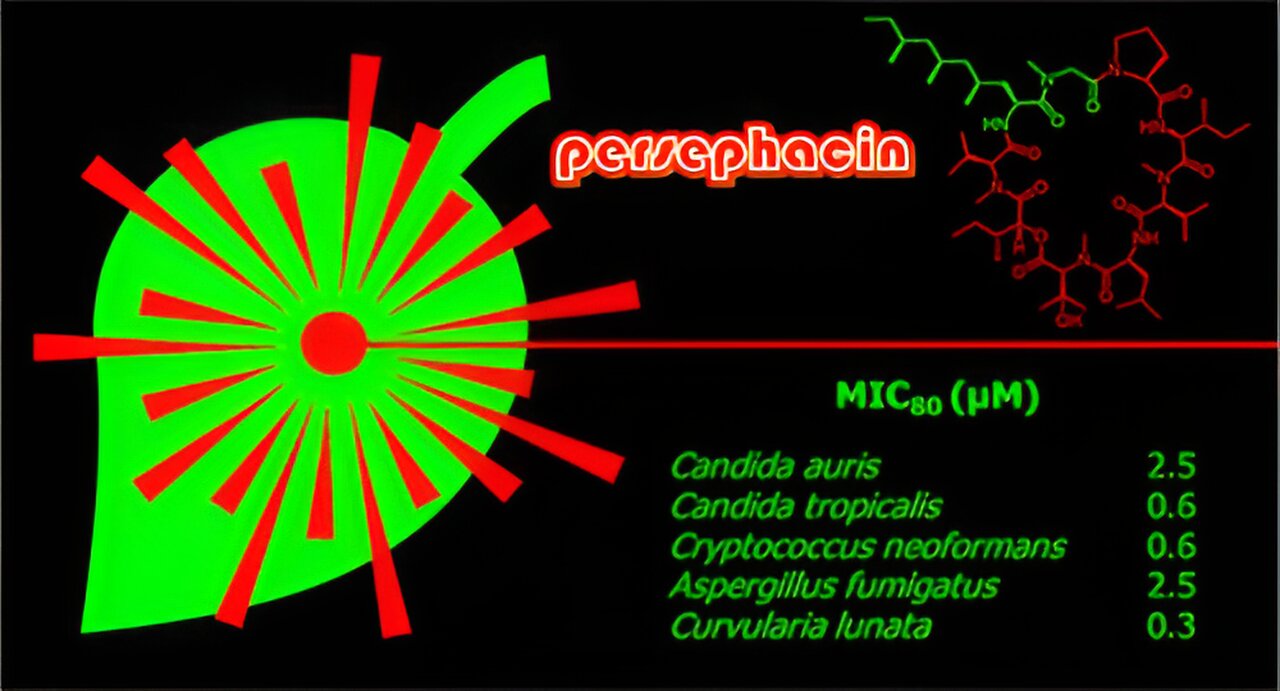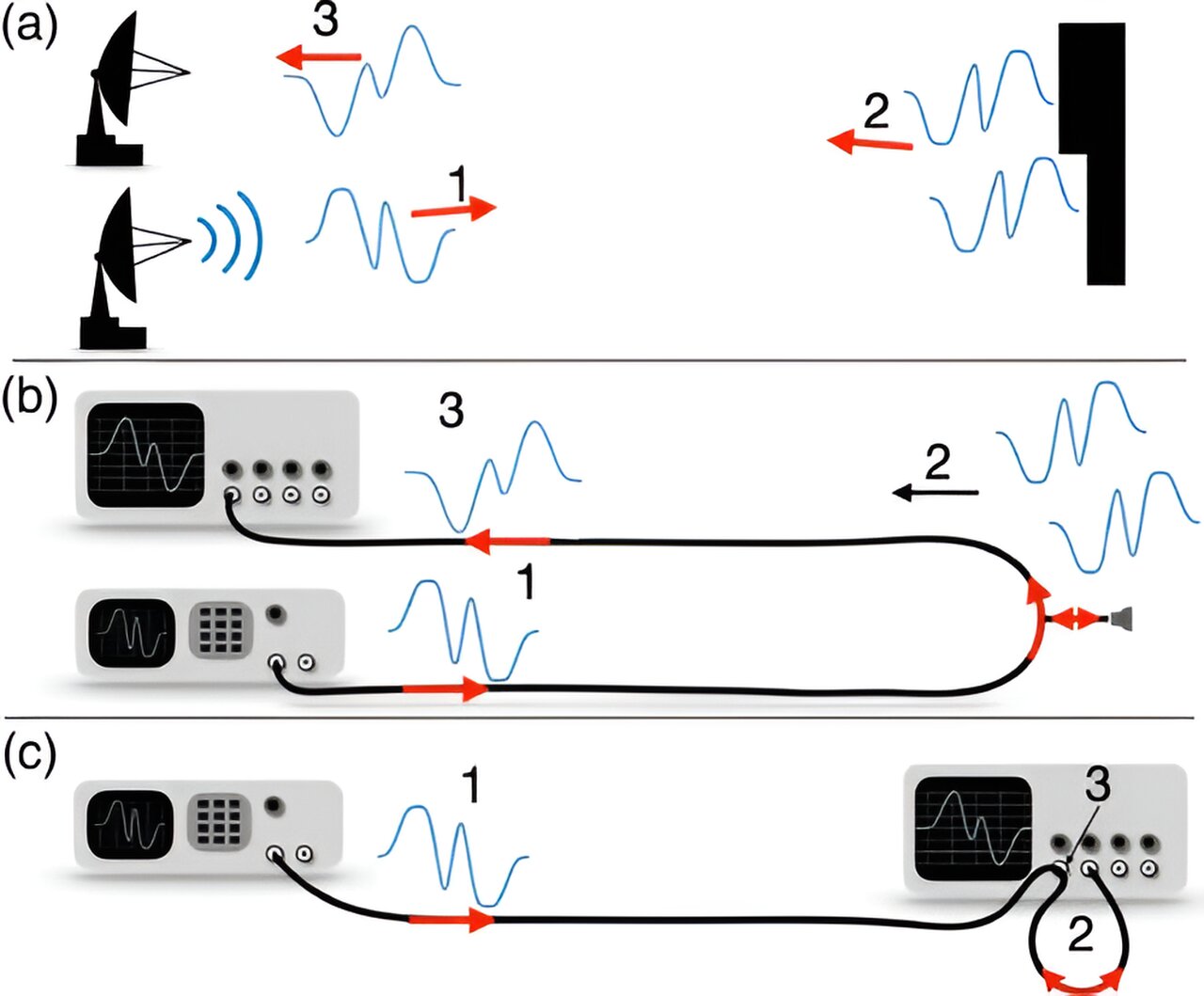Fungal infections are wreaking havoc on the lives of thousands of Americans every year, with a staggering morbidity rate of nearly 80%. The situation is made even worse by the limited availability of antifungal treatments, which are becoming less effective as fungi develop resistance. However, there is hope on the horizon. Researchers at the University of Oklahoma have recently made a groundbreaking discovery, as published in the Journal of Natural Products.
“The molecule we’re excited about is called persephacin,” said Robert Cichewicz, Ph.D., principal investigator and Regents Professor in the Department of Chemistry and Biochemistry, Dodge Family College of Arts and Sciences at OU. “This antifungal discovery appears to work on a broad spectrum of infectious fungi, and it is reasonably non-toxic to human cells, which is a huge deal because many current treatments are toxic to the human body.”
The rise in fungal infections is partly attributed to the successful treatment of other diseases. As people live longer and undergo treatments like chemotherapy and organ transplants, their immune systems become weakened. When drugs that treat arthritis and other ailments that also weaken the immune system are added to the mix, it creates a perfect storm for potentially deadly fungal infections.
Cichewicz, a renowned fungi researcher with almost two decades of experience, leads the Natural Products Discovery Group at OU. His team discovered this novel molecule and developed a unique method for testing plants for their antifungal properties.
“Fungi are found throughout the botanical world, often working in harmony with plants. Some fungi kill competitors or deter insects from eating the plant,” Cichewicz explained. “We hypothesized that if these plant-dwelling fungi, known as endophytes, could help plants fight off infections by killing invading fungi, then these molecules might also be able to protect humans and animals from fungal pathogens. As it turns out, we were right.”
The team devised an innovative way to obtain leaf samples using a laser device called the Fast Laser-Enabled Endophyte Trapper, or FLEET. This method allows for sterile sample collection and significantly increases the number of samples that can be acquired.
“With traditional methods, we could process only four to six samples per minute,” Cichewicz said. “But our FLEET system can aseptically generate between 500-600 tissue specimens in just 10 minutes. This enables us to rapidly screen more samples and greatly enhances the potential for drug discoveries.”
Thanks to the support of the Office of Technology Commercialization at the University of Oklahoma, Cichewicz was granted a U.S. patent for using persephacin to combat infectious pathogens.
“It has been a long journey to reach this point, but now we’re eager to collaborate with an industry partner to help us develop this treatment,” Cichewicz shared. “Antifungal resistance is constantly evolving, and this molecule could provide a new alternative. That’s why it’s so incredibly exciting.”








